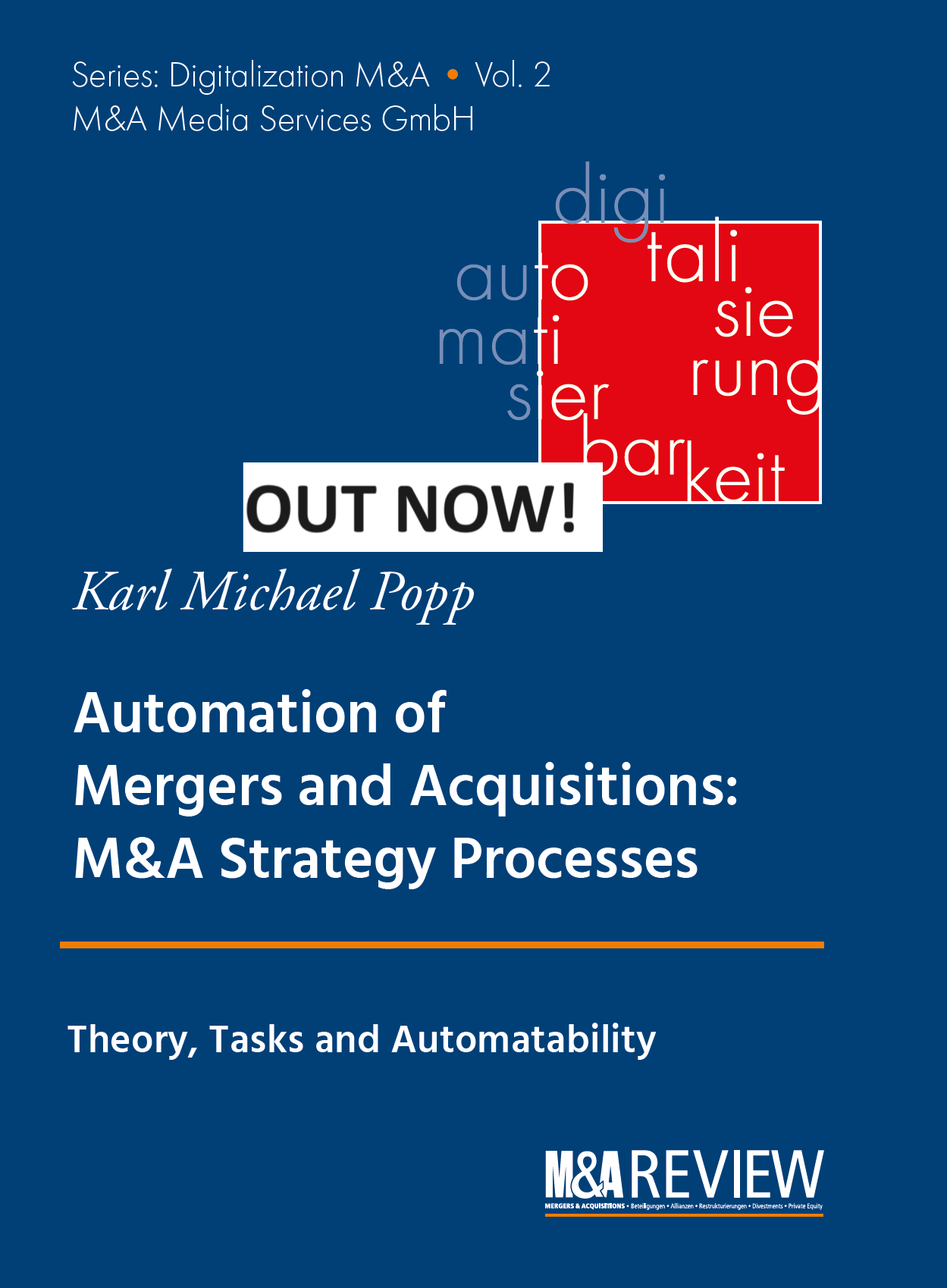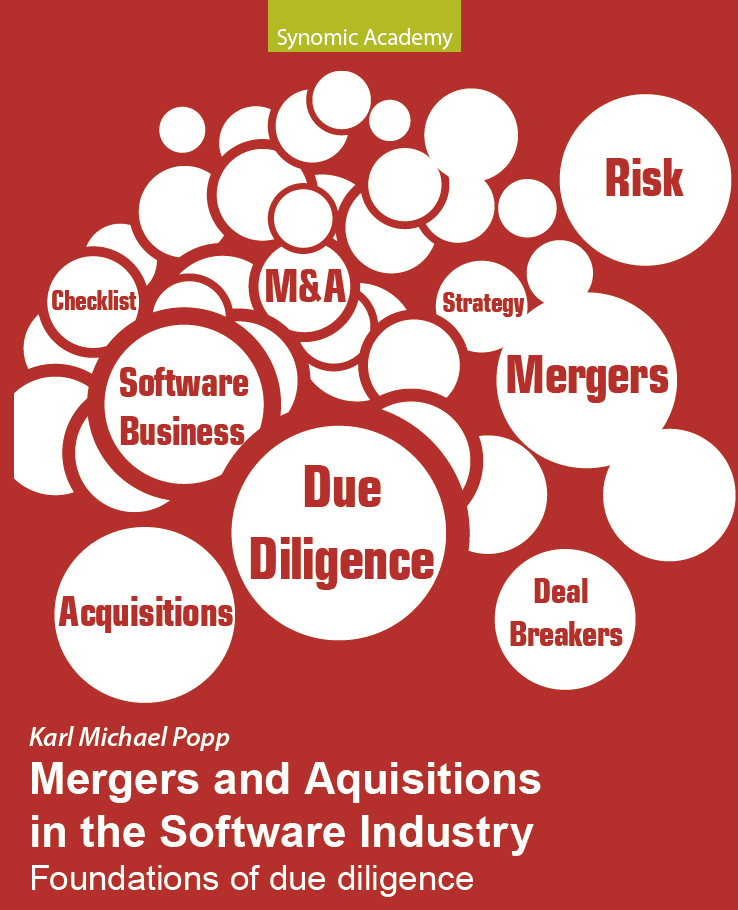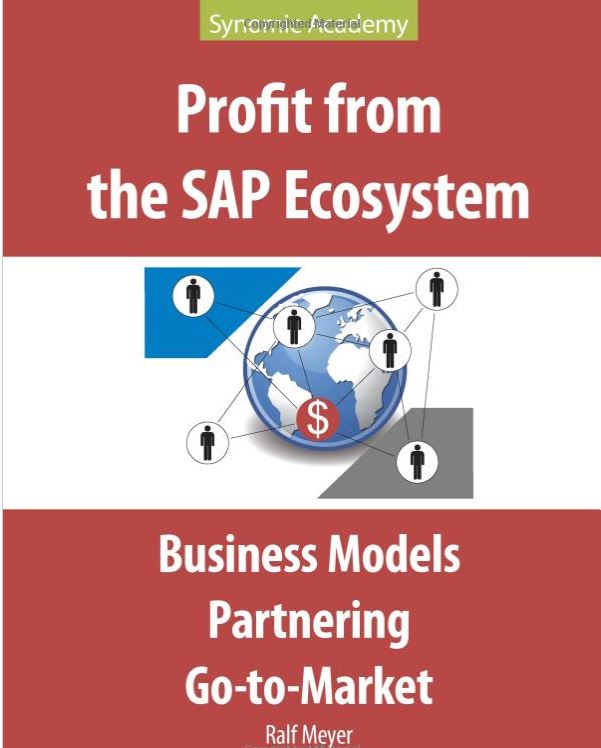Challenges and Issues During Finance Integration in Mergers and Acquisitions
This blog is in the Top 25 M&A blogs worldwide according to Feedspot
Introduction
Finance integration during mergers and acquisitions (M&A) is often fraught with various challenges. Successfully navigating these issues is critical for achieving operational synergy and ensuring financial stability.
Common Challenges
Cultural Differences
Different corporate cultures can impact financial teams' collaboration.
Resistance to change from employees can hinder integration efforts.
Incompatible Financial Systems
Merging different accounting software and reporting systems can lead to discrepancies.
Difficulty in standardizing financial practices across organizations.
Regulatory Compliance
Challenges in ensuring both entities comply with applicable laws and standards.
Potential legal consequences for noncompliance can create risk.
Data Integrity and Accuracy
Inconsistencies in financial data can lead to erroneous reporting.
Ensuring the accuracy of financial data from both organizations can be resource-intensive.
Cash Flow Management
Assessing and forecasting cash flow effectively during the integration process can be complex.
Aligning cash management strategies to avoid liquidity issues post-merger.
Talent Retention and Skill Gaps
Retaining key financial personnel can be a challenge amidst uncertainty.
Skill gaps can arise if the workforce is not adequately trained on new systems and processes.
Integration Timeline Pressures
Tight timelines can exacerbate issues, leading to rushed decisions.
Balancing regular business operations with the demands of integration can strain resources.
Stakeholder Communication
Ensuring transparent communication with stakeholders can be challenging amid changes.
Miscommunication may lead to misunderstandings and dissatisfaction.
Conclusion
Addressing the challenges and issues during finance integration is essential for the success of mergers and acquisitions. Organizations that proactively tackle these hurdles will improve their chances of achieving a seamless financial integration and realize the intended benefits of the merger.









